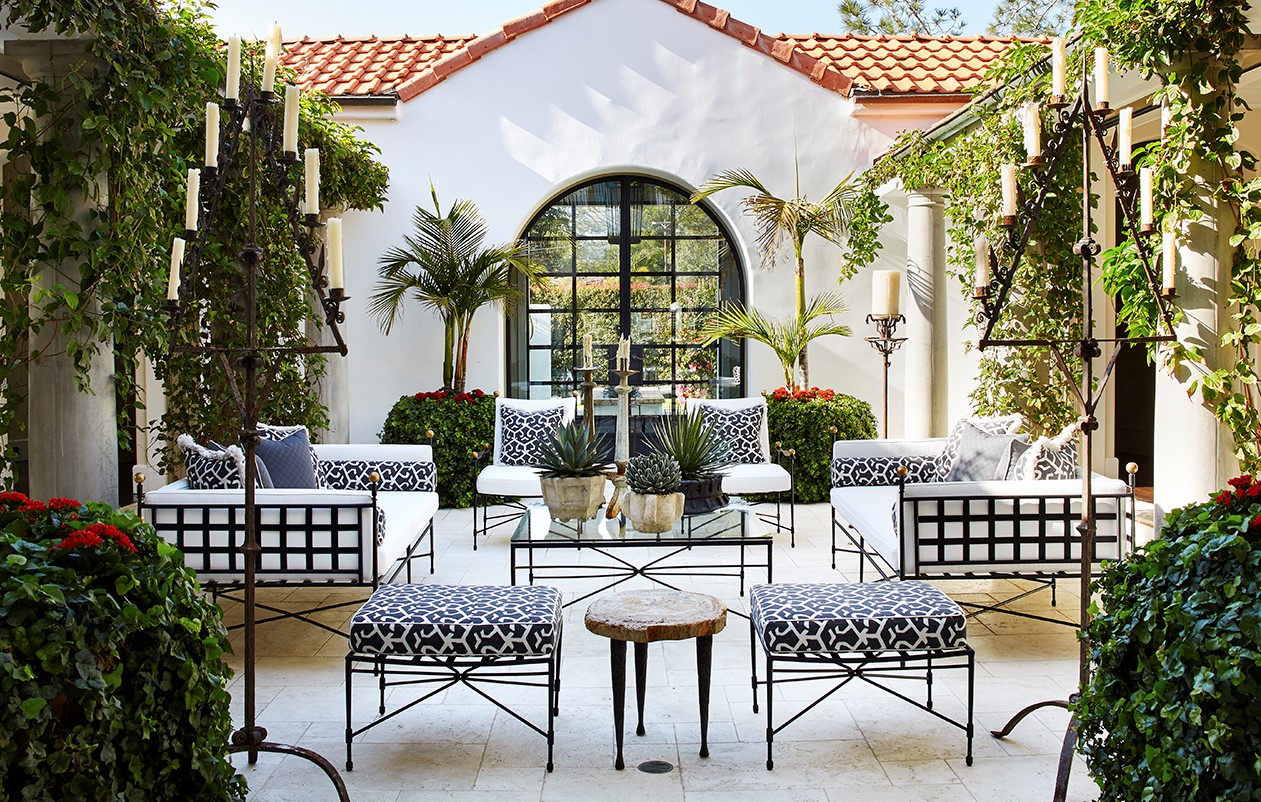Landscape designer Mia Lehrer has transformed an inward-facing Natural History Museum – located smack-dab in the middle of the Los Angeles Basin – from parking lots to lush and demonstrative gardens.
The museum itself, about to celebrate its centennial, was opened up with windows and skylights for transparency and exposure to the 3.5-acre site.
Then the experts were summoned. A team of twelve scientists – one a specialist in ants, another in frogs and others in birds and reptiles – were asked to determine which plant materials would be most beneficial to their areas of interest.
“What we ended up with was what these creatures needed to feel comfortable with, going in and out of the gardens,” Lehrer says.
She then began to create what she calls a performative landscape, one that operates on a number of levels – a beautiful park for visitors, a healthy habitat for animals and plants and a stormwater management system to boot.
She developed several layers, beginning with a private zone at the outer are, with vine-covered cages of 12-feet-tall, 15-feet long, double-chain-link fences (“I always used urban materials in creative ways,” she says). They’re bound by Costa Rican butterfly vines, purple passion flowers, Pride of Madeira, and simple honeysuckle.
“They range from yellow to white to purple,” she says. “They attract the hummingbirds and delight the visitors.”
On the interior of the gardens, she’s created a “living wall” of decomposed granite, laid vertically rather than horizontally, sans mortar so that creatures can slip in and out of its joints and plants can grow within and atop. Agave, aloe and Palo Verde trees are all making their homes there now. “It’s like a weaving, a place where visitors can congregate, sit and wait, and a source of sound attenuation too,” she says.
From there, paths lead to waterways, a pond with waterfalls and a dry stream. She’s added 200 oaks, sycamores, willows and alders along the waterway that ends with a fountain at the Los Angeles River.
“It teaches kids about water – groups come for giant puppet presentations at the amphitheater,” she says. “It’s a story about California and how to be gentle on the land and appreciate it.”
The gardens aren’t quite ready for their debut yet. A couple of follies have yet to be delivered. But by January, the Natural History Museum will be open to the public.
For more information, go to http://mlagreen.com/projects/natural-history-museum#
[slideshow id=659]


